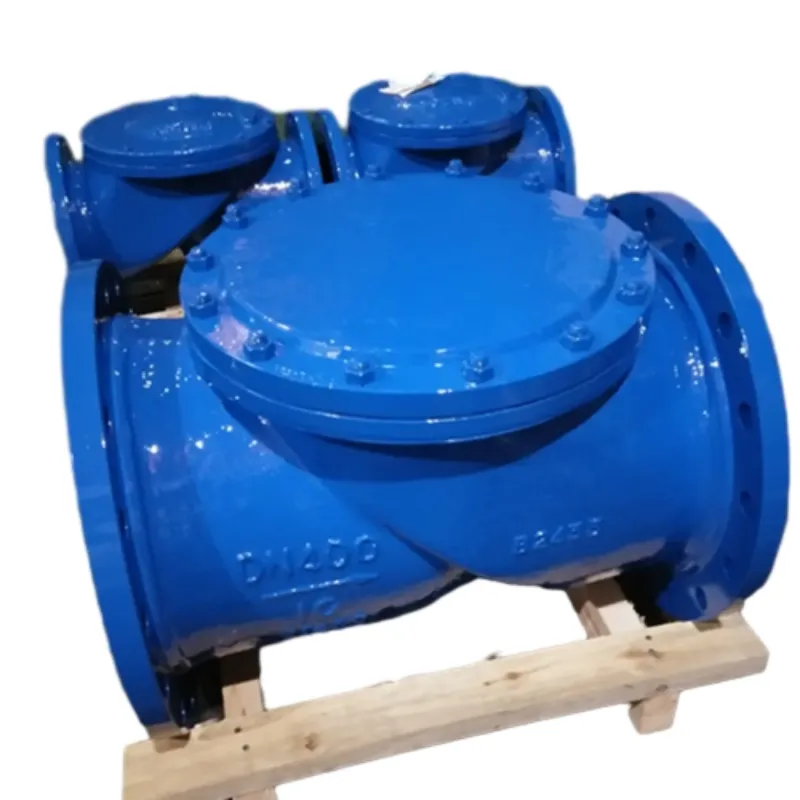снеж . 11, 2024 11:23 Back to list
3 types of micrometers
Understanding the Three Types of Micrometers
Micrometers are precision instruments that play a crucial role in the field of measurement and manufacturing. They allow for the precise measurement of small distances, typically in the micrometer range (one-millionth of a meter). There are various types of micrometers designed for different measurement applications, but three primary types stand out based on their design and functional characteristics the outside micrometer, the inside micrometer, and the depth micrometer. This article will explore each type, their uses, and how they enhance precision in various industries.
The outside micrometer is the most commonly used type of micrometer. It is specifically designed to measure the outside dimensions of an object, such as the thickness of a material or the outer diameter of a rod. Typically made from hardened steel or other durable materials, the outside micrometer features a calibrated screw mechanism that allows for extremely precise measurements to be taken.
The measuring range of outside micrometers can vary, but they commonly range from 0 to 25 mm, 25 to 50 mm, and so forth, depending on the specific model. The reading is usually displayed on a thimble, which is marked in increments such as 0.01 mm or 0.001 inches, allowing extremely fine measurements. To use an outside micrometer, the object is placed between the anvil (fixed measuring surface) and the spindle (movable measuring surface). The spindle is turned via the ratchet mechanism until it firmly contacts the object being measured—careful attention is given to ensure not to over-tighten, which can deform the object and lead to inaccurate readings.
Outside micrometers are essential in various industries including manufacturing, automotive, and aerospace, where precise measurements are necessary to ensure that components fit together correctly and function properly.
2. Inside Micrometer
As the name suggests, inside micrometers are designed to measure the internal dimensions of an object, such as the diameter of a hole or the width of a groove. These micrometers operate on a similar principle as the outside micrometer but have specially designed jaws that can reach inside an object.
3 types of micrometers

Inside micrometers can come in various forms, including telescoping gages, which allow for adjustable measurement to cover different internal sizes. They may use a scale to translate the distance measurement into a reading. Some advanced models might even incorporate digital displays for enhanced readability and accuracy.
The use of inside micrometers is prevalent in mechanical inspections, especially where tolerances are tight, such as in the production of engine blocks or machine parts. The ability to measure the internal dimensions accurately allows for the creation of parts that fit precisely, ensuring operational efficiency and safety.
3. Depth Micrometer
The depth micrometer, also known as a depth gauge, is used to measure the depth of holes, grooves, and recesses in an object. Its design typically includes a long rod that extends from the measuring base, where a micrometer screw is incorporated to allow for precise depth readings. The end of the rod is placed at the bottom of the hole or groove, and the measurement is obtained by adjusting the micrometer to touch the surface.
Depth micrometers are instrumental in a variety of applications, particularly in metalworking and construction, where the depth of a cut or the profile of a component is critical. For instance, in the automotive industry, engineers frequently use depth micrometers to ensure that grooves in parts are adequately milled to meet design specifications.
Conclusion
In summary, micrometers are indispensable tools for achieving high precision in industrial and engineering applications. The three main types—outside micrometers, inside micrometers, and depth micrometers—provide unique functionalities that cater to specific measuring needs. By utilizing these instruments, professionals can ensure accuracy in manufacturing processes, which ultimately leads to higher quality products and enhanced operational efficiency. As technology continues to advance, the role of micrometers remains pivotal in maintaining the standards of precision necessary in today’s competitive market.
-
Surface Plate Maintenance Best Practices for LongevityNewsJun.27,2025
-
Historical Evolution of Iron Surface Plates in Industrial MetrologyNewsJun.27,2025
-
Cast Iron Y Strainer Safety StandardsNewsJun.27,2025
-
Blockchain Verification for Gauge Tool Certification IntegrityNewsJun.27,2025
-
Advantages of Triple Offset Butterfly Valve Types in High-Pressure SystemsNewsJun.27,2025
-
Wear Resistance Strategies for Trapezoidal ThreadsNewsJun.26,2025
Related PRODUCTS









